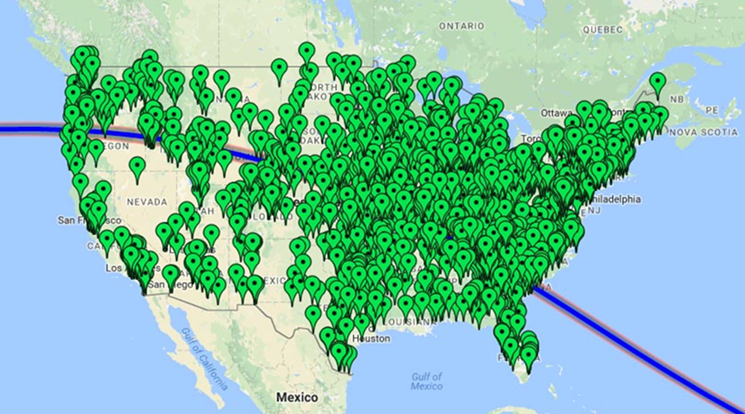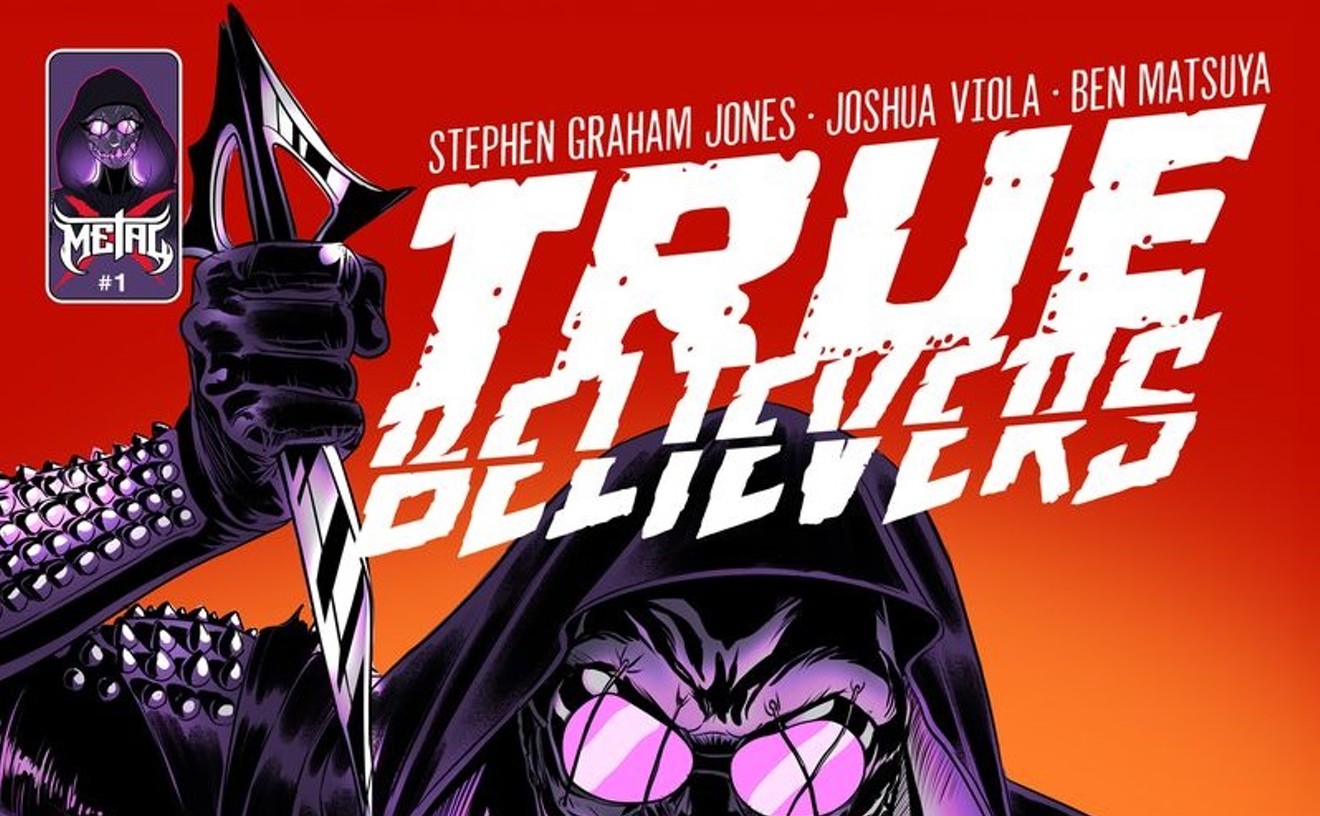The National Center for Interactive Learning (NCIL), a branch of the Boulder-based Space Science Institute that focuses on expanding STEM education and learning opportunities, is running an eclipse project with libraries nationwide through its STAR Library Education Network, STARnet.
Last year, when NCIL director Paul Dusenbery and others were considering an eclipse-related national library project, he imagined distributing around 8,000 eclipse-viewing glasses that libraries could provide users for free. That number has already grown to more than two million pairs of free glasses. (Still more glasses are being provided at a discount to educational organizations.)
"We are working with 4,800 libraries, which is nearly one-third of all libraries in the country," says Dusenbery. "I don't think anything of this nature has been done at this scale with libraries."
Besides giving libraries eclipse-viewing glasses, STARnet is also providing suggestions for programming, backed by an informational booklet with public-outreach ideas. "Libraries are taking the ball and running with this," notes Dusenbery. "They are doing great work."

This map pairs the nearly 5,000 libraries participating in STARnet's eclipse project with the eclipse's path of totality.
c/o STARnet
And interest in the solar eclipse is accelerating. Last week, Pitman says, the STARnet website had about 20,000 page views a day — thirty times the daily average pre-eclipse excitement.
Dusenbery is optimistic that the interest in science inspired by the eclipse will continue to grow even after the August 21 phenomenon. "We can use these events as stepping stones or windows" for people who are beginning to gain interest in science, he says, nothing that he's particularly excited about reaching underserved and underrepresented audiences in both rural and urban areas through the library project. "We want to get people across the country excited about STEM," he says. "Libraries can be great STEM learning community centers."
Though the eclipse's path of totality – a line cutting across the country where viewers can witness a total solar eclipse –– misses this state, it will be as close as four hours away, in Wyoming. And here in Colorado, residents will still be able to see a partial eclipse. NASA's website has detailed information regarding the path, viewing times and other facts. For a list of libraries across the state that will be offering free viewing glasses and programming, visit STARnet's website.












